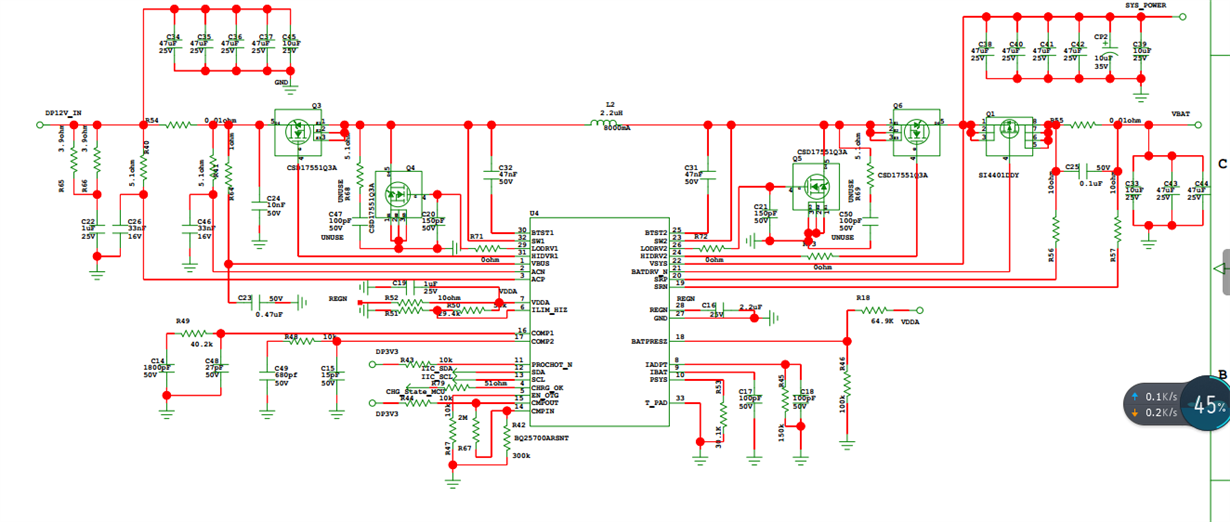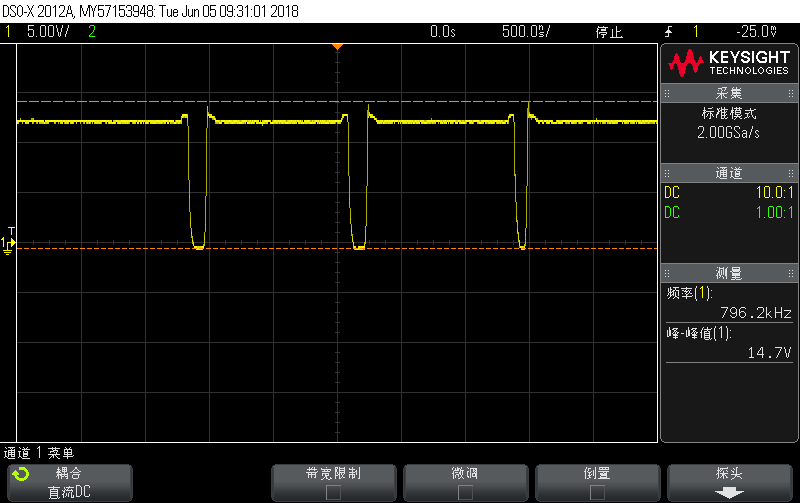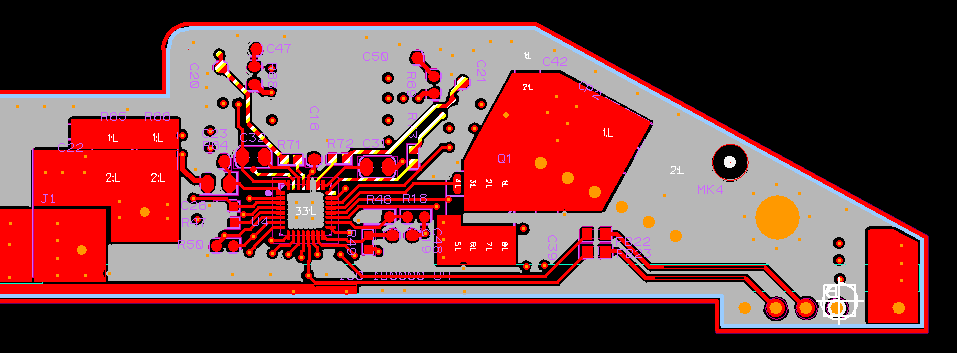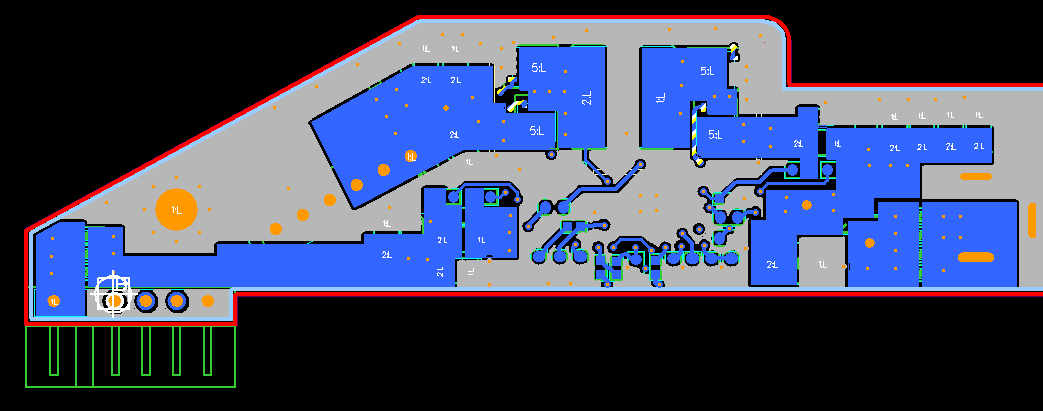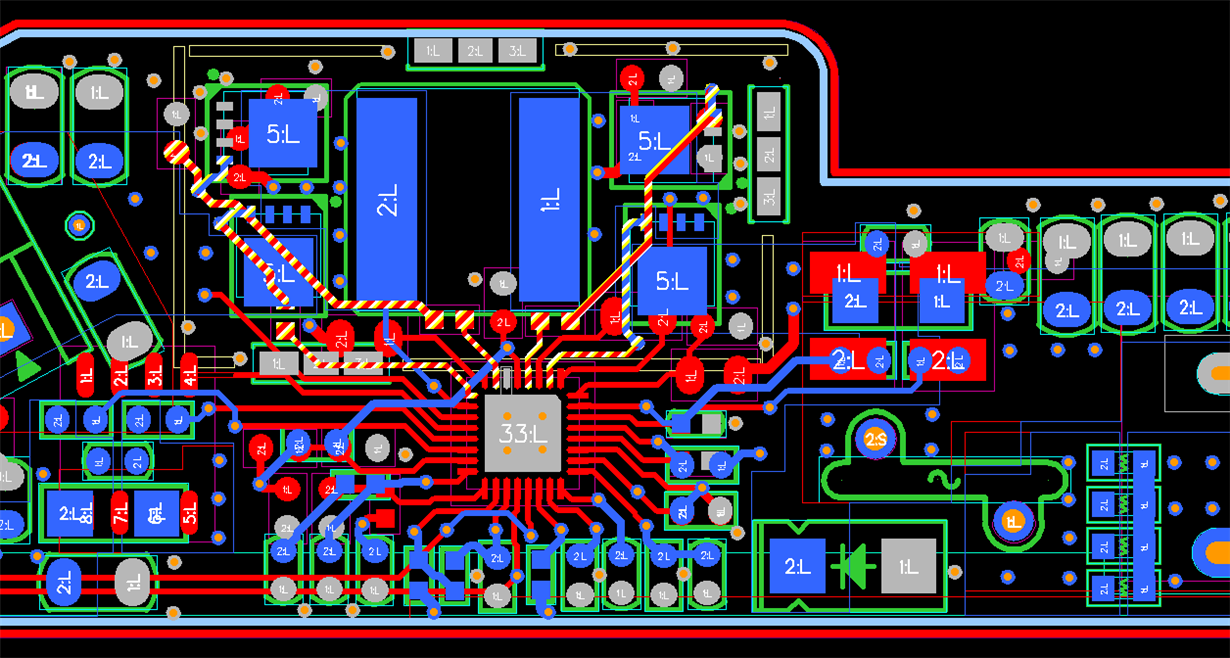Other Parts Discussed in Thread: BQ25700, CSD17551Q3A
Hi all,
one of my customer met a problem when using BQ25700 in their design, and the problem shows as below:
The copper in the inductor and inductor range generate heat seriously! According to the preliminary testing,the temperature can reach to 60℃ work for 30 minutes.my charging current is 1.3A,the inductor value is 2.2uH.The schematic is as below:
The PCB design is based on the BQ25700EVM, and the trace width is 80mil.could you help me to locate the caouse of heat generation?
In addition, Why is the switching signal waveform not a square wave?
looking forward to your repply! Many thanks!!!


